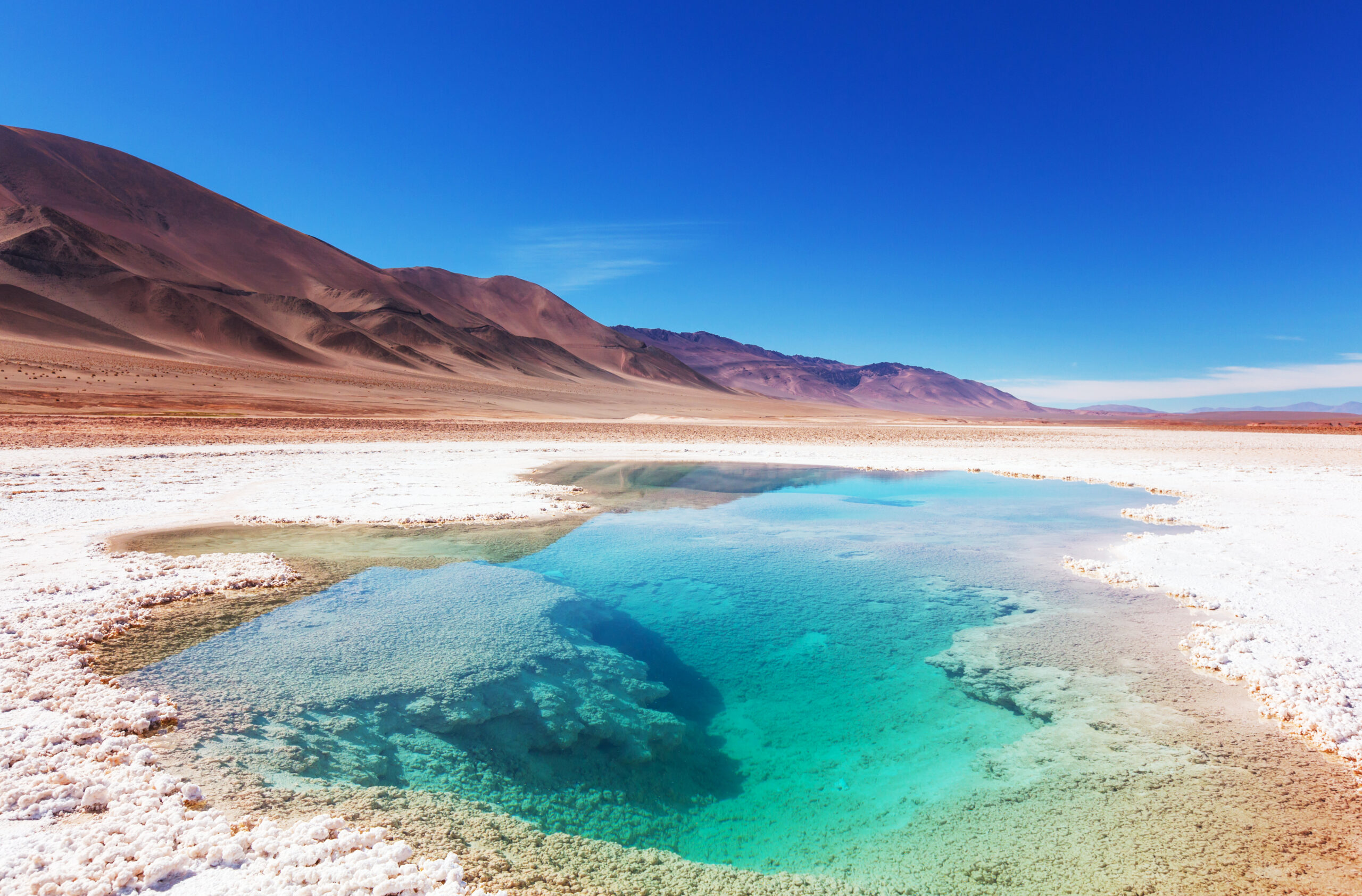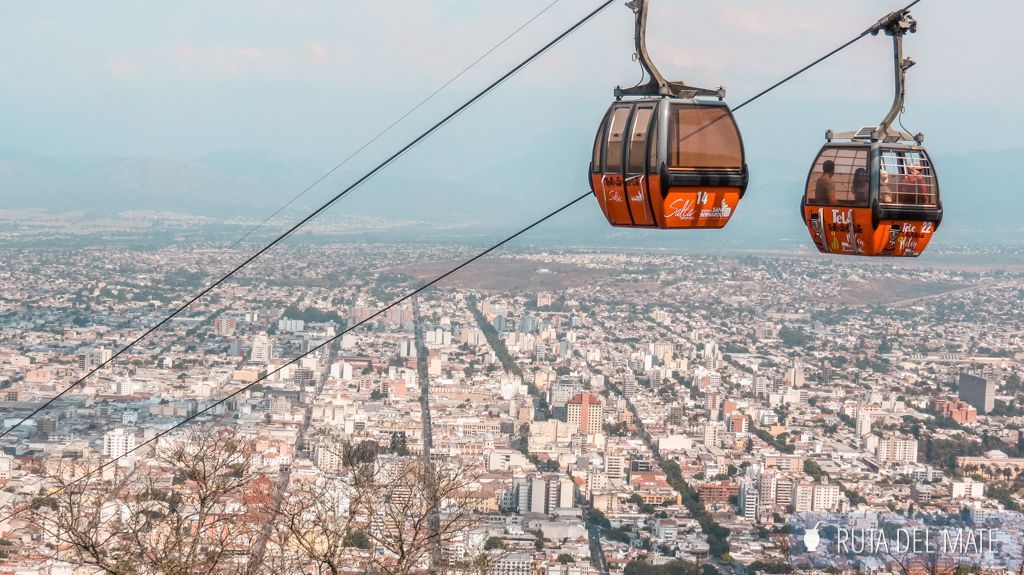



Salta is a provincial capital in mountainous northwestern Argentina. Founded in 1582, it’s known for its Spanish colonial architecture and Andean heritage. The city centers on Plaza 9 de Julio, an elegant, cafe-lined square bordered by the neoclassical Salta Cathedral and El Cabildo, an 18th-century town hall turned historical museum. Museo de Arqueología de Alta Montaña (MAAM) nearby houses Incan artifacts. ― Google
Province: Salta Province
Elevation: 1,152 m
Climate: Cwb
Department: Capital
Dialing code: +54 387
March to May (Autumn) and September to November (Spring):
These months offer mild temperatures and are perfect for outdoor activities and exploring the city.
June to August (Winter):
Cooler temperatures, especially in the mountains, but still a great time for hiking and visiting surrounding areas.
December to February (Summer):
The weather is warmer, but it can get quite hot in the city. The summer months are great for exploring higher-altitude areas like Cafayate and Cachi, where temperatures are milder.
By Air:
Fly into Salta Martín Miguel de Güemes International Airport (SLA) with direct flights from Buenos Aires, Córdoba, Mendoza, and other major cities in Argentina.
From the airport, it’s just a short 20-minute drive to the city center.
By Bus:
Buses operate regularly from Buenos Aires (~18 hours), Mendoza, and other nearby cities.
By Train:
The Tren a las Nubes (Train to the Clouds) is a famous train ride that offers an unforgettable journey through the Andes, but it is typically available only seasonally (April–December).
Ride the cable car or hike to the top for panoramic views of Salta and the surrounding mountains.
Perfect for a sunset or early morning visit.
The central square surrounded by Salta Cathedral, the Cabildo, and colonial buildings.
A perfect spot to soak in the city’s atmosphere and visit nearby museums.
Home to the Llullaillaco mummies, this museum displays fascinating archaeological finds from the high Andes.
A charming town 3 hours south of Salta, famous for its Malbec wine and scenic vineyards.
Don’t miss the Quebrada de las Conchas, a stunning canyon filled with bizarre rock formations.
Visit the vineyards of Salta, which produce some of Argentina’s best wines, particularly Torrontés, a unique white wine.
A UNESCO World Heritage Site in the northwest, filled with multicolored mountains and traditional Andean villages.
A full-day trip from Salta that’s worth the effort for its natural beauty and history.
A small town in the Valles Calchaquíes region, perfect for hiking, exploring colonial architecture, and enjoying breathtaking landscapes.
Hiking and trekking: Popular spots include Cerro San Bernardo, Cachi, and Quebrada de las Conchas.
Wine tours in Cafayate and the surrounding vineyards.
Explore local markets, such as Mercado San Miguel for fresh produce, artisan goods, and souvenirs.
Horseback riding through the Valles Calchaquíes or the foothills of the Andes.
Visit the Salinas Grandes: Vast salt flats that look like a scene from another planet (day trip option).
Tren a las Nubes: A famous railway that reaches high altitudes, offering breathtaking views.
Luxury:
Legado Mitico Salta – Boutique hotel with a blend of modern and traditional decor.
Sheraton Salta Hotel – The city’s most upscale option with amazing views.
Mid-range:
Kkala Boutique Hotel – Cozy, stylish, and centrally located.
Hotel Salta – A more affordable option with excellent service and great location.
Budget:
Hostel Balcarce – Popular with backpackers and near many bars and restaurants.
La Linda Hostel – A relaxed vibe and great social atmosphere.
Must-try dishes:
Empanadas Salteñas (salty, savory pastries filled with meat or vegetables).
Locro (hearty Andean stew with potatoes, corn, beans, and meats).
Humita (cornmeal dish wrapped in corn husks, often filled with cheese and spices).
Tamales (another corn-based dish with various fillings).
Top dining spots:
La Casona del Molino – Traditional Argentine dishes with a focus on local ingredients.
Doña Salta – A great place for regional food like empanadas and locro.
La Ventolera – Modern Argentine cuisine with a great view of the city.
El Solar del Convento – Elegant dining with both Argentine and international dishes.
Salta has a strong Andean and folk influence, with many traditional music festivals and dance performances (especially folk dances like the zamba and cueca).
Spanish colonial architecture is prominent throughout the city, with churches like Salta Cathedral standing out.
Indigenous heritage is still vibrant in local culture, with Quechua influences in art, food, and music.
Fiestas: Look out for the Feria y Fiesta de la Virgen del Milagro in September, a religious and cultural festival in honor of Salta’s patron saint.